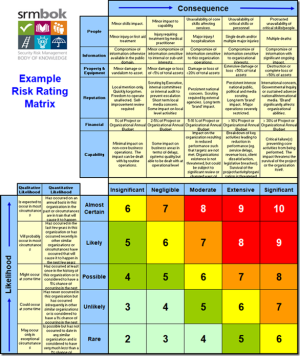Continuing our series on Safety Myths – see them all here
Like all unethical myths, the myth of complacency is perhaps one of the worst.
The language of complacency is rife in the safety industry and is premised on the nonsense idea that people desire self-harm. This myth is based on the nonsense Bradley Curve myth that supposes people have a ‘natural instinct’ to harm (https://safetyrisk.net/why-is-myth-so-scary-to-safety/).
The reality is the opposite.
All humans (and animals) have an inbuilt genome for self-preservation. The homeostasis of self-regulation is foundational to the preservation and well-being of all life (https://safetyrisk.net/homeostatic-regulation-and-the-feeling-of-risk/ ).
Whilst the complacency myth is not anchored to one specific symbol, the Bradley Curve serves as its closest point of connection.
The language of complacency serves the purpose of demonising others and providing a simplistic and meaningless word (that means nothing) in a simplistic effort to try to explain why things happen. All bad and unethical myths act this way.
In the concocted false reality of the complacency myth, Safety ignores all the research in neuroscience, neuropsychology and motivation that demonstrates the many reasons why people do what they do. These are explained semiotically in Figure 1. The Cognitive Bias Codex.
Figure 1. The Cognitive Bias Codex.
and Figure 2. The Social Psychology of Risk Influences.
Figure 2. The Social Psychology of Risk Influences.
These two maps show the many influences that trigger human judgement and decision making. Each one of these influences or biases require considerable explanation in themselves and would take days to unpack. Much easier safety isn’t it to go for a convenient myth.
But Safety doesn’t want to know this. It’s much more powerful to demonise the heuristics of others as ‘complacency’ that serves as the most poisonous word in the safety arsenal of blame.
This is what makes such language a ‘bad myth’. This is why the myth of complacency is so destructive and dangerous and Safety loves this word (https://safetyrisk.net/complacency-and-the-wayward-mind/ ).
Despite all the language about ‘safety science’ Safety is not interested in science. It has no interest to investigate the complexity of reasons why people do what they do. No! All it wants to do is dip into the toxic language toolbox and pull out the language of ‘complacency’ any time it doesn’t understand the actions of others.
Of course, the word ‘complacency’ is meaningless and conjures up the idea that people are so smug and indifferent to safety that they chose to harm themselves. Then in waltzes the safety hero crusader to save the day proclaiming ‘only I understand and care about safety. After all, this is supported by other myths such as: the ‘safety is a choice you make myth and the ‘all accidents are preventable myth’.
All four myths blend in a cocktail of arrogance, superiority, patronising judgement and putrid blame as if the language of complacency actually means something (https://safetyrisk.net/complacency-consciousness-and-error-in-safety/ ).
Just ask anyone who uses such language to explain what they mean (https://safetyrisk.net/the-complacency-delusion/), it’s a delusion, a myth. But such a convenient myth to hide behind (https://safetyrisk.net/the-convenience-of-complacency/) so that the safety crusader (https://safetyrisk.net/are-you-a-safety-crusader-or-a-safety-leader/) sounds like they actually know something about human judgment and decision making. They don’t. The use of complacency myth proves it.
When one understands that 95% of all decisions are heuristic (https://safetyrisk.net/is-complacency-evil/) then one is much less likely to use the language of this myth and much more forgiving about why people do what they do.





Brent Charlton says
I got another pitch for “mindfulness training” last week. Makes me want to vomit
Rob Long says
Yes Brent. Look at the qualifications and experience and question what is being ‘sold’ and ‘marketted’. It’s often not about mindfulness.